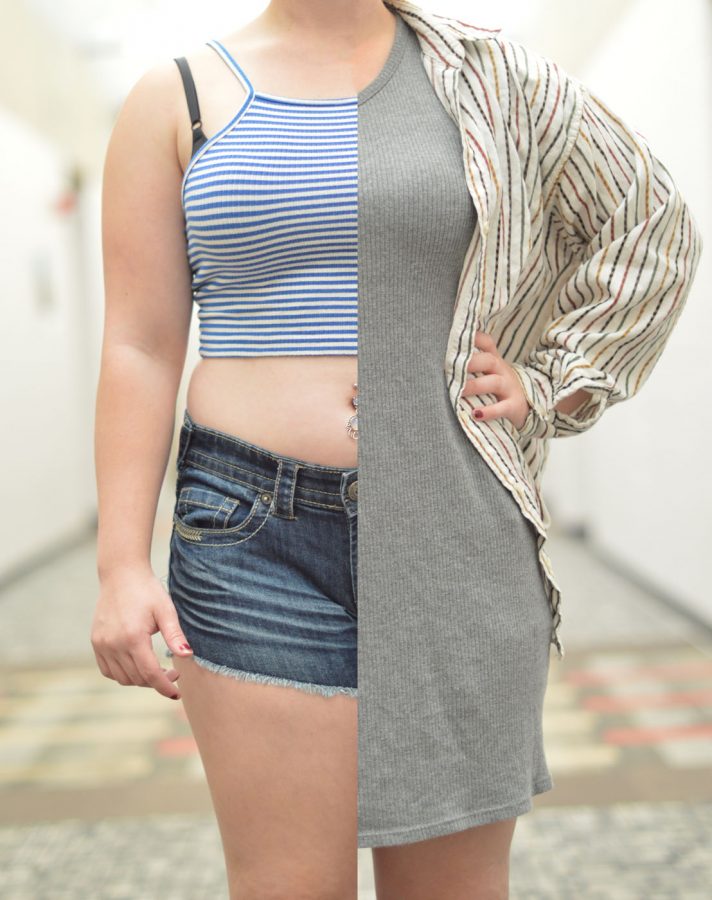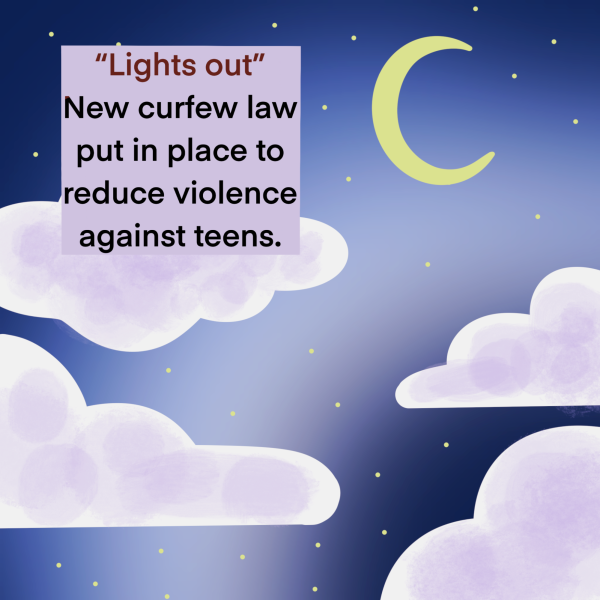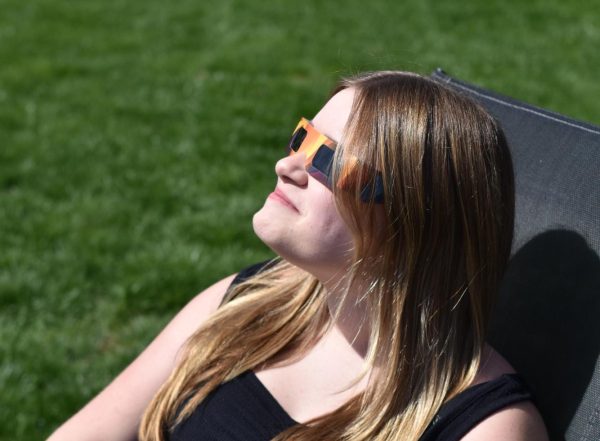Dress code causes confusion
Knight’s new dress code policy confounds SHS students
The subject above is dressed half in dress code and half out of dress code. Principal Briank Knight told teachers to send students to Student Services if their clothing is a distraction.
September 16, 2016
If students are wearing “distracting” clothing in the classroom, SHS principal Brian Knight has instructed teachers to send them down to Student Services for the disruption. This has caused some confusion amongst students and staff as to what type of garments should be punishable.
“Our focus as teachers is to teach. That’s why dress code is hard sometimes…,” Knight said. “The (clothing items) that really distract us from teaching are the ones that draw our attentions.”
Knight says that dress code is a hard thing to tackle. This year, he told all staff members that if they feel like a student’s clothing is disrupting the learning environment they need to address it. Knight says that he, at times, has not be able to recognize when students are violating dress code. He understands the struggle staff members may have when deciphering between inappropriate and appropriate attire.
This being Knight’s first year as SHS principal, students such as senior Holly Pruitt are having trouble adjusting to the dress code. Pruitt says it is stricter than the code she had adhered to in previous years and she finds it more difficult to follow. A bigger change in dress code wouldn’t settle well with all groups in the school, according to Pruitt.
“Change (in dress code) could cause an uproar amongst the conservative communities,” Pruitt said. “Or even among teachers who have been (at SHS) for a long time… they would not particularly want the rules being changed.”
Pruitt says that if the dress code were to be changed to more relaxed guidelines, many people would have various opinions on it. She says that the rules seem vague in terms of what will or will not be deemed inappropriate. Pruitt also says that she doesn’t want a major change but one that will provide stricter guidelines as to what students are allowed to wear. She said that even a minimum length in inches for skirts, dresses and shorts would be a bit better than what we have now. Although seasons and styles change, Pruitt believes an appropriate length of clothes does not have to.
Senior Rachel Clouse says consistency is a major issue with dress code. Clouse says some teachers have commented on her violations while others haven’t. When this occurs, it frustrates Clouse. She sees high school as a preparation to going into a job.
“You’re not going to be in a running shorts and a tank top (in a work environment). More often than not, you’re going to be wearing a button up shirt and flats,” Clouse says.
Although Clouse isn’t for a uniform, she does say consistency on the enforcement of the dress code would be preferred.
Filed under the “Parents and Community” tab on the district website are the rules of dress code for kindergarten through grade 12. If the rules are not followed, there are consequences, which are allowed to vary by each school. At SHS they are, but not limited to, a day in ISS or being sent home. The latter is the more controversial one to some staff and students in the school.
SHS math teacher Tim Case suggested providing shirts and pants to students who would typically be sent home. Case knows that students come to school to learn, and says providing clothes that students can cover wear could prove to be a better solution. Case says it’s more of a judgement call for teachers to send students out of class but says that students should know what to wear in a school environment.”
“Students can be readily influenced by their peers,” Math teacher Jason Adler said in response to a staff questionnaire. “Clothing with inappropriate words/symbols/pictures, or clothing that does not cover enough of the body, can negatively influence other students.”
All staff received the questionnaire in a forum that stated: “Do you think certain clothing that students wear is a distraction in the learning environment?” Forty-one teachers responded out of 142. The results showed 36 out of 41 saying yes, 3 said no and 2 said other.
Is not sending students to Student Services a problem if they violate dress code but no disturbance takes place? Knight says it’s not.
“I know the perception is we’re sending kids home with dress code (violations), but for us, it’s more of a defiance issue rather than a dress code issue,” Knight said.
Knight says each situation varies, but they’ll send students home if a student have been told numerous times to not wear a particular clothing item and has persisted in doing so. However, knight says that all that students can make a judgement call. If students question if their attire could be a disruption to the learning environment, it shouldn’t be worn.







